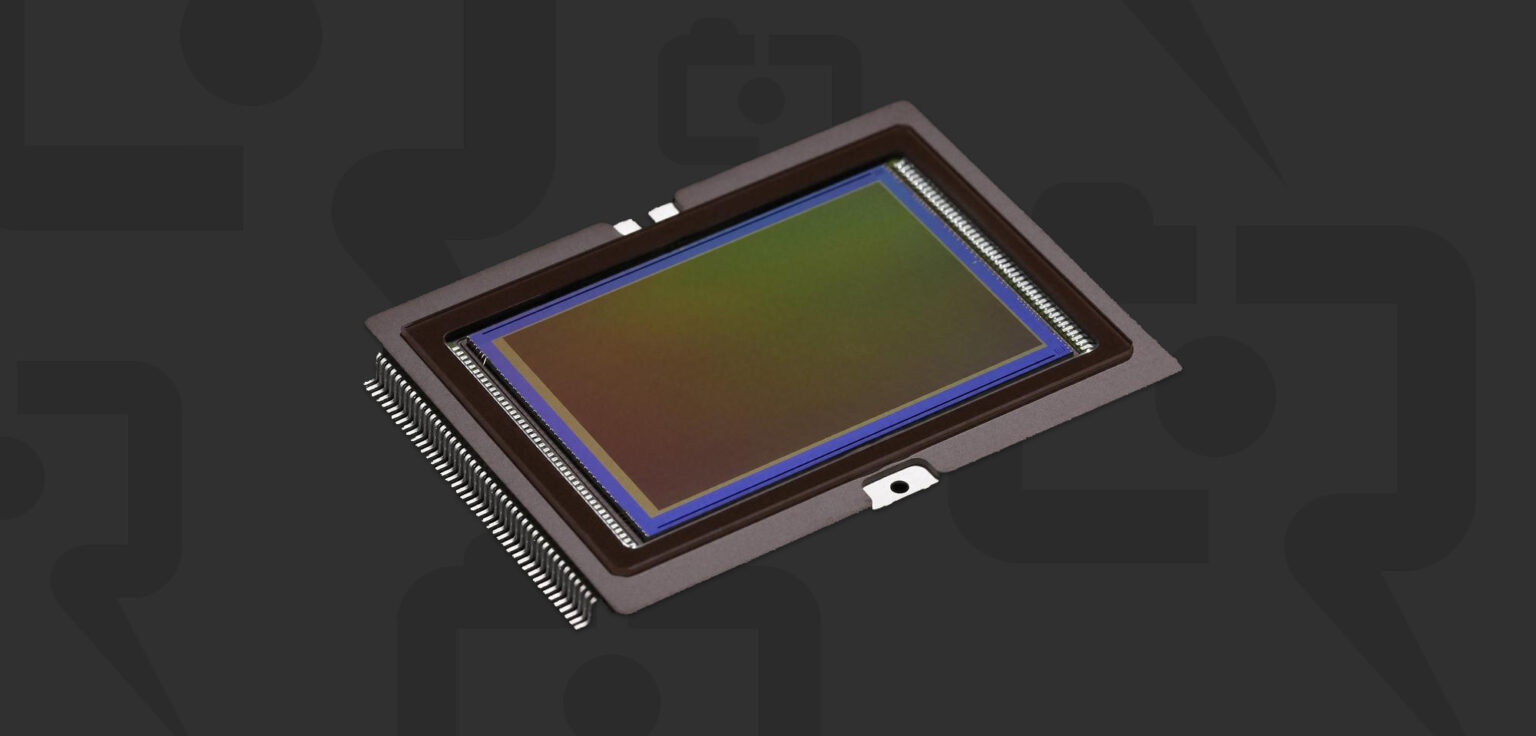Over the years, there has been a lot of talk about global shutters in cinema and ILC cameras. Canon did announce a global shutter camera back in 2016, but that was the $40,000 Cinema EOS C700GS. Not really an everyman’s camera.
Sony decided it was time to shake up the mirrorless camera market again, with equipping a global shutter in the A9 III. It was a very well received camera in the Sony community, but I’m not sure it moved anyone out of their current brand. It comes with some trade-offs such as a higher base ISO of 250 and some dynamic range penalties at lower ISOs.

After the release of the EOS R1 and EOS R5 Mark II, Canon executives did address global shutter sensors. They claim they aren’t happy with the current image quality performance and have decided to prioritize image quality. I read it that they haven’t yet solved problems or figured out a way to manufacture them in a cost effective way. If you know Canon speak, they basically admitted that they are working on it.
This past weekend, perhaps drunk at their Thanksgiving family funtimes. A solid source claims that Canon is indeed planning to release a global shutter camera in late 2025 “at the earliest”. A surprising comment was that “it will come in a potentially high-volume camera”. Which isn’t really what Sony has done introducing theirs in a $6500 camera. That pricepoint never screams “high-volume”. Sony also didn’t use their latest and greatest global shutter sensor. I would wager that Sony has a global shutter sensor camera coming at a lower price point at some point in the not too distant future.

Richard suggested that a new 3-series camera would be an interesting place to introduce one. However, releasing such a camera just a year after the EOS R1 would probably cause some displeasure among at least a few EOS R1 customers. It also wouldn’t fit with “high-volume”.
What could be “high-volume”? What if they introduce one in an APS-C camera first? We have said a few times that Canon will introduce new APS-C camera segments in 2025, and one of those will undoubtedly be a videographer focused hybrid camera.

Volume does help in lowering costs and there isn’t always the same desire from customers for the bleeding edge image quality. APS-C sensors also cost significantly less to put in a camera. That said, Canon would definitely have to get serious about RF-S lenses, which we do think is going to happen next year.
EOS R7 GS? Wouldn’t that be interesting?
Just to reiterate, I am only hypothesising that we’re getting a global shutter APS-C camera, but that’s all I can think of for the moment based on what I was told.
|
When you purchase through links on our site, we may earn an affiliate commission. Here's how it works. |


I am not sure why so many people fail to mention this.
I think because of Photons to Photos that shows it lines up with pretty much everything else at 800 and above.
The answer I am coming too:
High readout/High MP/fast action.
Thinking though the math the R1 is reading its sensor at 2.7 ms: 24MB/0.0027 sec =8,889 MB/sec. The R5 II: 45MB/0.0063 sec=7,142 MB/sec. Likely higher as I am using 1:1 MP to MB here.
Say Canon has a 60 MP sensor where they want sub 3 ms readout speeds? That would be 60 MP/0.003 sec = 20,000 MB/sec. Perhaps beyond the next generation of Digic.
Or, as these decisions usually boil down to cost, getting a digic/other readout hardware to do ~20,000 MB/sec is more costly than a global shutter.
All speculation, but this fits for a high resolution R3 or R7. With R3 it makes some sense to me as the R1 would be ultimate IQ and R3 would take an IQ hit but give higher MP. I’ll happily take ultimate IQ.
A GS has no readout time, so the bandwidth needed would be infinite if readout and memory bandwidth were directly coupled :)
Other than that, only the R6 line makes sense for FF but that’d be the mkIV version…
For my use case, I don’t particularly care about the high fps that GS can achieve, but shooting with worrying about these kinds of banding is nice.
The only fix I found is really to slow the shutter speed all the way down but then you can’t freeze motion especially in dance, so it really is a case of pick your poison.
I also like ES for theater and dance for silence reasons (it can be distracting for some of the student actors I work with) so a GS camera would “solve” all my problems.
The first foto is definitely more beautiful.
I do miss the 1DX line of cameras -- they feel so substantial in hand. Though the mirrorless R cameras are definitely better for my back and shoulders XD.